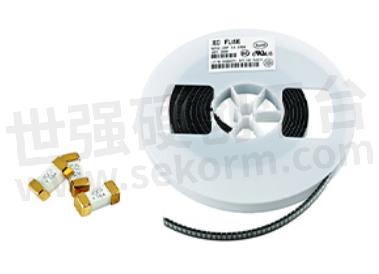Determine if the Fuse is Burning (Fuse)?

If the fuse can be removed from the circuit, it can be a visual fuse to determine whether it has burned out; The simplest method to determine whether a fuse is a continuity test is to blow other materials. Quickly test with a multimeter to determine if it is working properly, by hearing a beep and touching the wires together, or seeing a 0 ohm reading. After confirming that the circuit power is turned off, place the leads at both ends of the fuse. If you hear the same beep and the resistance reading of the multimeter is very low, then the fuse will not blow. If you don't hear the beep and the meter reading is OL, the fuse will blow. Take reasonable preventive measures to stay away from dangerous voltages. Supply the power circuit and switch to the multimeter voltage measurement mode. Ensure that DC circuits are selected for DC and AC circuits are selected for AC Connect the multimeter leads on both sides of the fuse. If the indicated voltage is small or even not, the fuse is intact. However, if a voltage difference (usually full supply voltage amplitude) exists, the fuse is blown.

Fig.1
- +1 Like
- Add to Favorites
Recommend
- The Difference between Fuses and Fuses
- Repair Methods for Fuses -0805 Fuses
- Very Fast Acting Fuse PICO® II Fuse Series, Designed for Battery Management System | Littelfuse
- Calculation Method for Melt Current of Fuse Fuses
- The Difference between Self Recovery Fuse and Blown Fuse
- The Location where the Fuse is Connected to the Circuit and Connection Method of Patch Fuse in Circuit
- Littelfuse expands its fuse manufacturing operation in China, Cuting Customer Order Fulfillment Lead Time by Half
- How to Choose a Fuse
This document is provided by Sekorm Platform for VIP exclusive service. The copyright is owned by Sekorm. Without authorization, any medias, websites or individual are not allowed to reprint. When authorizing the reprint, the link of www.sekorm.com must be indicated.





























































































































































































































































































































































































































































































































































































































































































































































































































































































